What kind of fabric is kulirka? Not all people have an idea about it. Things made of this fabric are very popular and almost everyone has them. This is a simple cotton knitwear, has a certain weave of threads, which are called kulirnaya satin stitch. This material is used to sew things for children and adults, underwear and bathing suits. This article presents a description of this fabric.
- What is jersey fabric?
- Kulirka fabric: what is it, composition, density
- Types of jersey fabric
- Decorative characteristics of the canvas
- Scope of use
- What can be sewn from jersey
- Using the material to create home textiles, decorative items
- What is sewn from jersey with the addition of lycra
- Care of jersey fabric
- Advantages and disadvantages of fabric
- What is the difference between kulir, footer and interlock?
- Melange jersey: what kind of fabric, examples
- Reviews of the material
What is jersey fabric?
To get an idea of the material, you can look at a regular cotton dress. On the outside, you can see the herringbone pattern, and on the inside, a dense weave.

What is jersey, examples of things. A good example of such fabric would be knitted stockings. Things made of this material, although dense, allow the body to breathe, and are also worn comfortably. To improve the composition of cotton, lycra is added to it (8%). This does not have a negative effect on the thing, but it becomes more elastic.
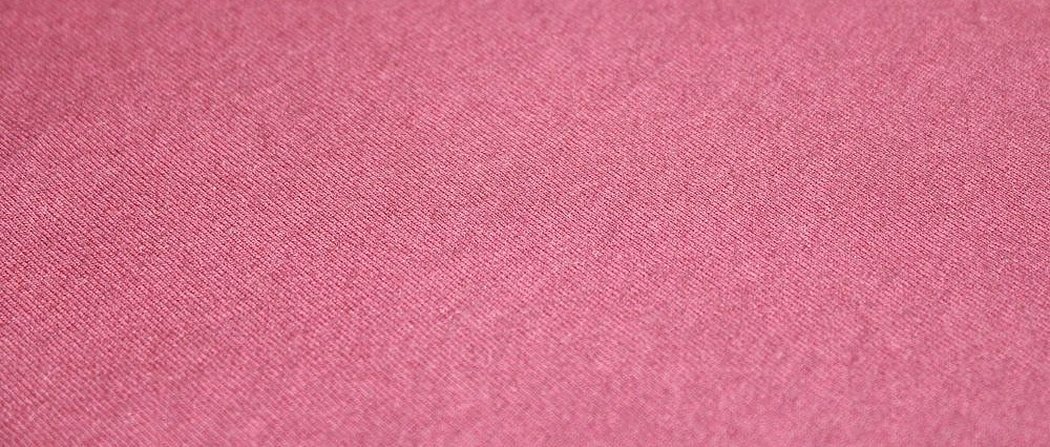
Kulirka fabric: what is it, composition, density
Made from three types of yarn:
- Penye - threads whose length reaches 85 mm. This material is of fairly high quality and has a high cost, since the longer the fibers, the longer the item will last.
- Carded - average thread length is 30 mm. A thing made of such material will not serve for very long.
- O/E—short thread—its length is approximately 25 mm. It will contain remnants of other threads. It is used in those products where shape retention is not particularly necessary.
The product is called canvas, which mainly consists of cotton. But if desired, lycra can be added for elasticity. The quality remains the same, but the scope of application expands.
Note! It is recommended that the amount of added lycra should not exceed 15%, as this fabric is the thinnest of all cotton knits.
Kulirka as a fabric is produced in such a way that a row of loops is obtained by knitting one yarn. It has a small thickness. That is why such a thin material comes out. The technique of transverse knitting is used. Manufacturers make the material - single and double, which is used for various types of sewing.
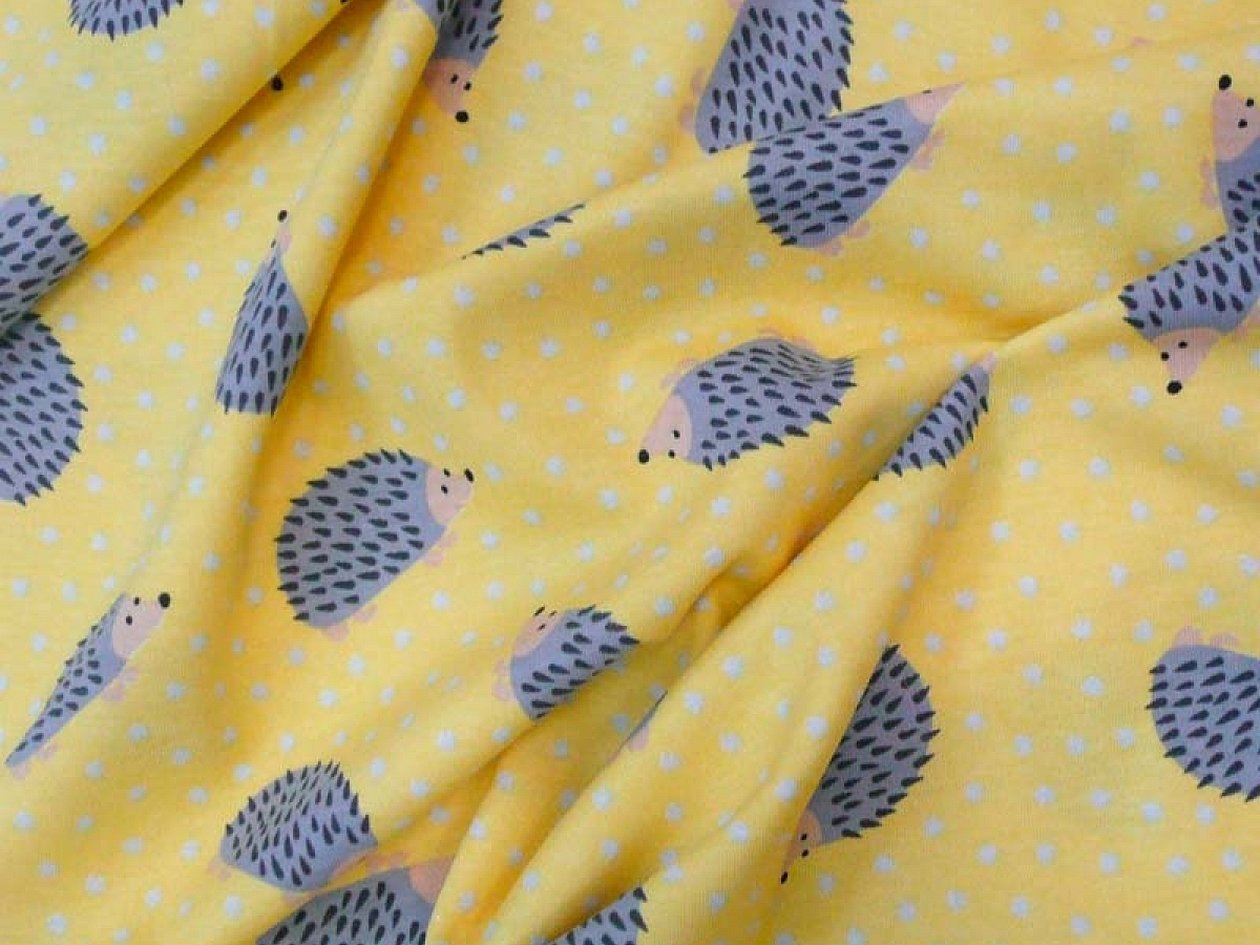
It can be either colored or plain. Due to the composition of the material, the patterns on it last quite a long time. Depending on the type of pattern, there are three types of fabric: printed, melange and plain-dyed. The material is also suitable for embroidery or silk-screen printing.
Types of jersey fabric
The properties of finished knitwear directly depend on the density of the weave and the original raw materials.
Note! The appearance of the material is primarily determined by the type of yarn used for knitting. Basically, thick or thin, elastic or resilient, glossy or matte. Everything depends on the length of the thread of the original material.
It is obtained from several types of yarn:
- Combed material. Long threads are used for it, which gives the right to get one of the expensive and high-quality materials. The threads also go through a grinding stage (excess lint is removed from the surface), after which they are smooth and even. The fabric is easy to wash, almost does not wrinkle, does not form pellets, does not shrink after washing. The structure is smooth and silky to the touch. It also interacts well with dyes. Such products will last a long time and have a new look.
- Carded. Kulirka carded what kind of fabric, characteristics. It is made from medium threads. Textiles made from it are mostly stretchable, have a short service life. Therefore, clothes made from such material are very affordable. Carded is used for household items.
- Open End. To make fabric from this type of threads, short threads or remnants of the first two more acceptable types of yarn are used. Material made from this raw material is used for inexpensive underwear. Since it wrinkles very much, such underwear will not last very long and it is not a pity to throw it away.
It depends on the type of yarn.
- plain dyed;
- melange;
- Printed.
Note! Due to the different weaving of threads, the fabric can be printed in various ways, using embroidery, silk-screen printing or prints. The appearance of the fabric can be seen in the photo below.

Decorative characteristics of the canvas
Such fabrics can be dyed in the classic way. Weaving is not a problem here, but on the contrary creates new possibilities.
The following types of fabric are produced:
- plain-colored - having any shade, single-color;
- melange - cotton threads are used, which are dyed in different colors;
- printed - has a very high density, often used for applying patterns or additional embroidery.
Scope of use
It is constantly used in the production of things and underwear for various purposes, it depends on the density, which can be from 120 to 150 g / sq. m. Things created mainly for the summer period.
Note! Lingerie made from this fabric is excellent and is suitable even for delicate skin.
It is very well used in the manufacture of children's items: diapers, tights, T-shirts, dresses. For adults, they mainly sew T-shirts, dressing gowns or summer sundresses. You can also sew home clothes, it will be quite comfortable, light and practical. Items made of this material fit well on the figure, do not restrict movement and do not stretch. It is great for tight trousers or tops.
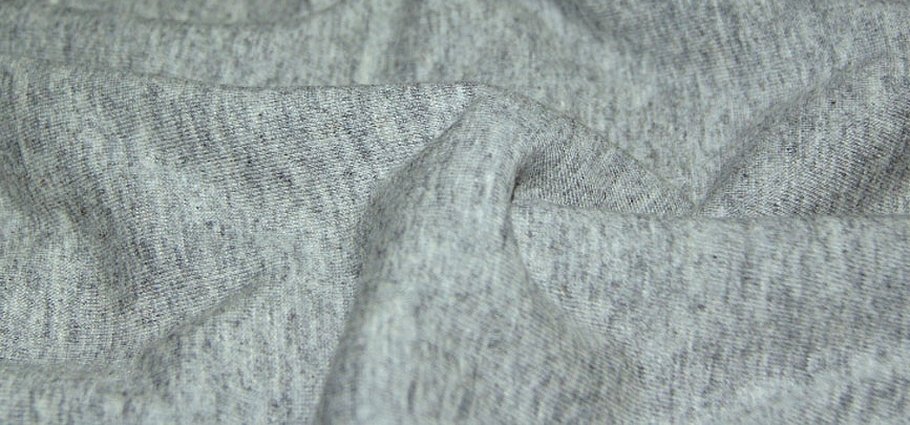
This material has also gained popularity due to its low price.
What can be sewn from jersey
Mainly for adults they make: shirts, pajamas, underwear, dresses, tops, skirts. These things are breathable, so sportswear made of this material is also very popular.
Note! Items made using this technique are practical to use, have a low cost and suit any type of figure.
Summer bags made of kulirka are popular among young girls. For higher density, wool can be added to the composition. Sweaters and winter jackets are made from such raw materials.
It has also proven itself well in the production of clothes and vests for small children. Panamas, diapers, sweaters, overalls, dresses, very soft to the touch, do not cause redness or allergies. It will be very comfortable for children to wear. For older children, they make shorts, T-shirts, panties, sweaters, nightgowns and dressing gowns, they can be worn both at home and outside. They are very durable and wash out stains well. Easy to care for, and this is very important for a young mother. In the photo, you can see children's dresses made of this material.
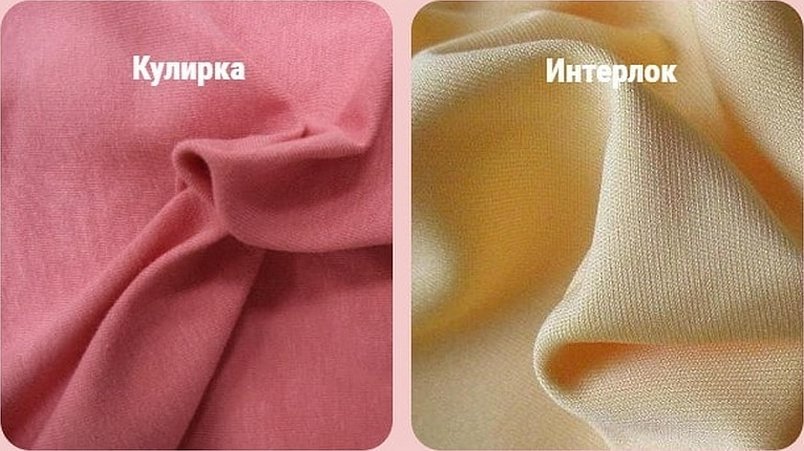
Using the material to create home textiles, decorative items
Bed linen, curtains, blankets, capes, napkins are sewn from fabric. Upholstery for furniture looks very advantageous. Stylists can also use fabric to decorate vases, flower pots, and book shelves. Recently, people have been upholstering walls with fabric sheets for comfort and dividing the room area. For children, containers or toy cases are upholstered. Even for pets, fabrics are used for comfortable beds.
What is sewn from jersey with the addition of lycra
If you add lycra, it will become more elastic and will also be able to stretch in width without losing its colors.
Note! This fabric is suitable for cute and bright sundresses, skirts, trousers, swimsuits and sportswear, they will mostly be one color.
Care of jersey fabric
It is very easy to care for clothes made from such fabric, here are the basic recommendations:
- It is advisable to soak in cold, soapy water for 2 hours before washing.
- If the stains are difficult, then laundry soap will do the job perfectly.
- You can also use stain removers.
- Can be washed by hand or in a machine at 40 degrees.
- Instead of regular powder, you can use liquid.
- When hand washing, it is better to rinse in warm water, and the last time in cold water.
- When drying, it is advisable not to hang things up, but simply lay them down, away from heating devices and direct sunlight.
- If you need to dry it as quickly as possible, you can put it in a terry towel for a couple of hours.
- After washing, you do not need to iron it, but it is advisable to just shake it.
- If you have to use an iron, the temperature should not exceed 100 degrees.
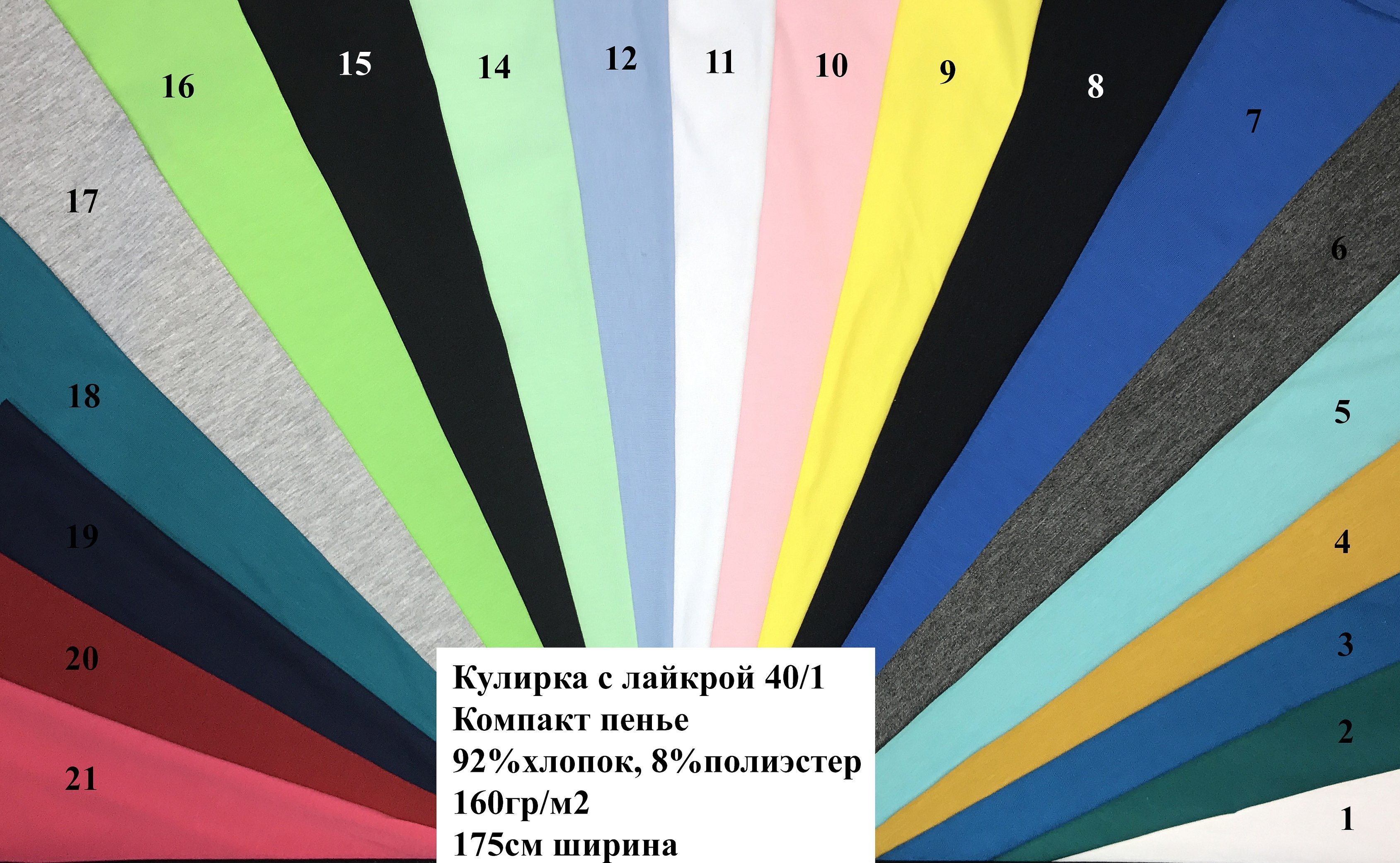
Note! If you follow these tips, you can preserve the elasticity of your clothes and their color for a long time.
Advantages and disadvantages of fabric
Advantages:
- Allows good air permeability;
- Hygienic;
- Completely natural material;
- Absorbs moisture quickly;
- Almost wrinkle-free;
- Does not deteriorate even after many washes;
- Lightweight and comfortable;
- Soft to the touch;
- Easy to care for;
- Pleasant appearance;
- Reasonable price;
- Dense;
- Stretches very well in width;
Note! The disadvantages of this fabric include the fact that the material unravels if it is defective, and also that the cutting and work on the fabric itself must be done using special needles and seams.
If it is not of very good quality, it can stretch quickly, if used incorrectly, if washed in water over 40 degrees, the item will shrink. But if lycra is added to the fabric, there will be no such problems. There are many more advantages in this material.
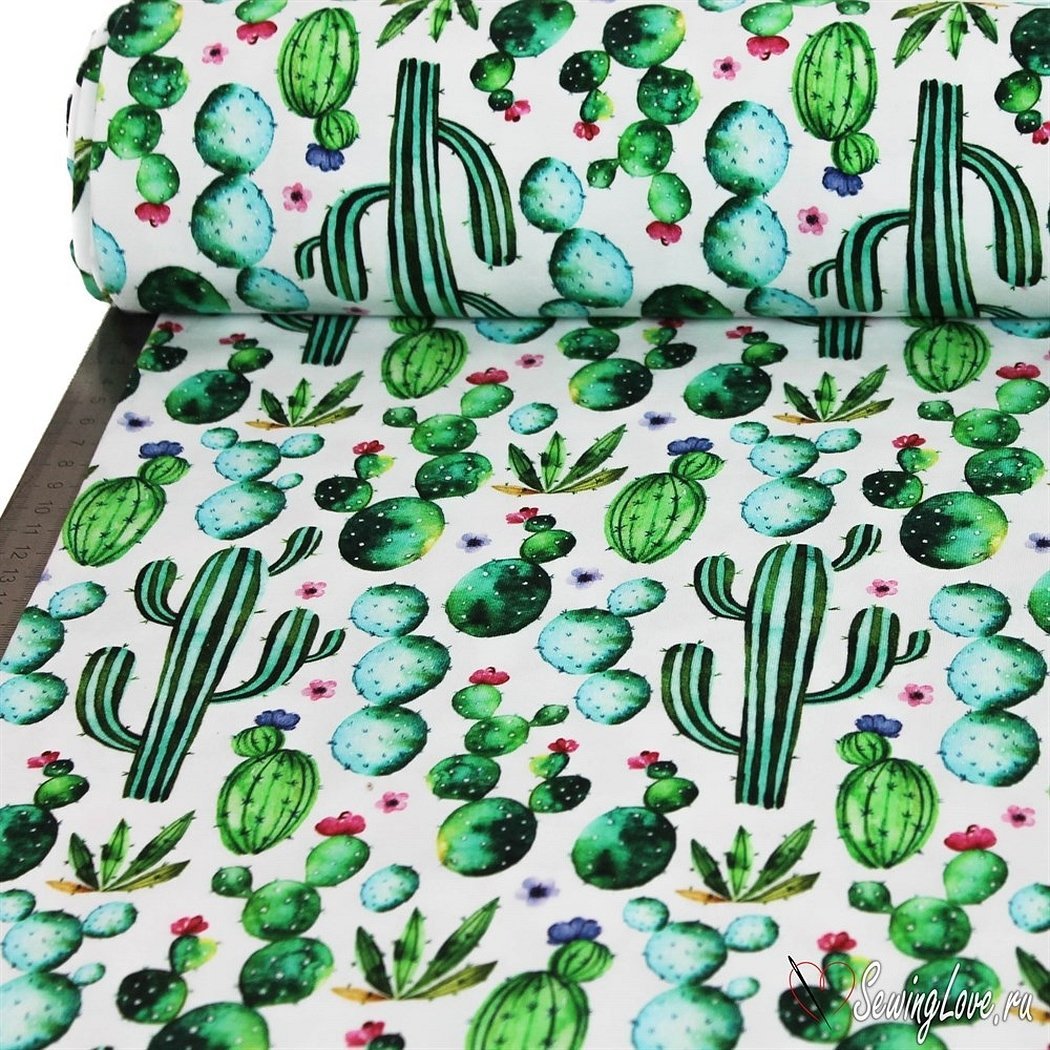
What is the difference between kulir, footer and interlock?
Everyday clothes are sewn from footer for babies and adults. It is a strong, comfortable, dense, pleasant, cotton thing. Such very soft textile with a smooth outer surface is made from cotton. There is also a small fleece inside. It is well resistant to the appearance of pellets or arrows.
Double elastic is the name for thin interlock. Today, manufacturers often add synthetic yarn to the material. Although, ideally, only natural fibers should be used. In case of mechanical damage, unlike jersey, no snags appear. In the photo, you can see the difference in fabrics.
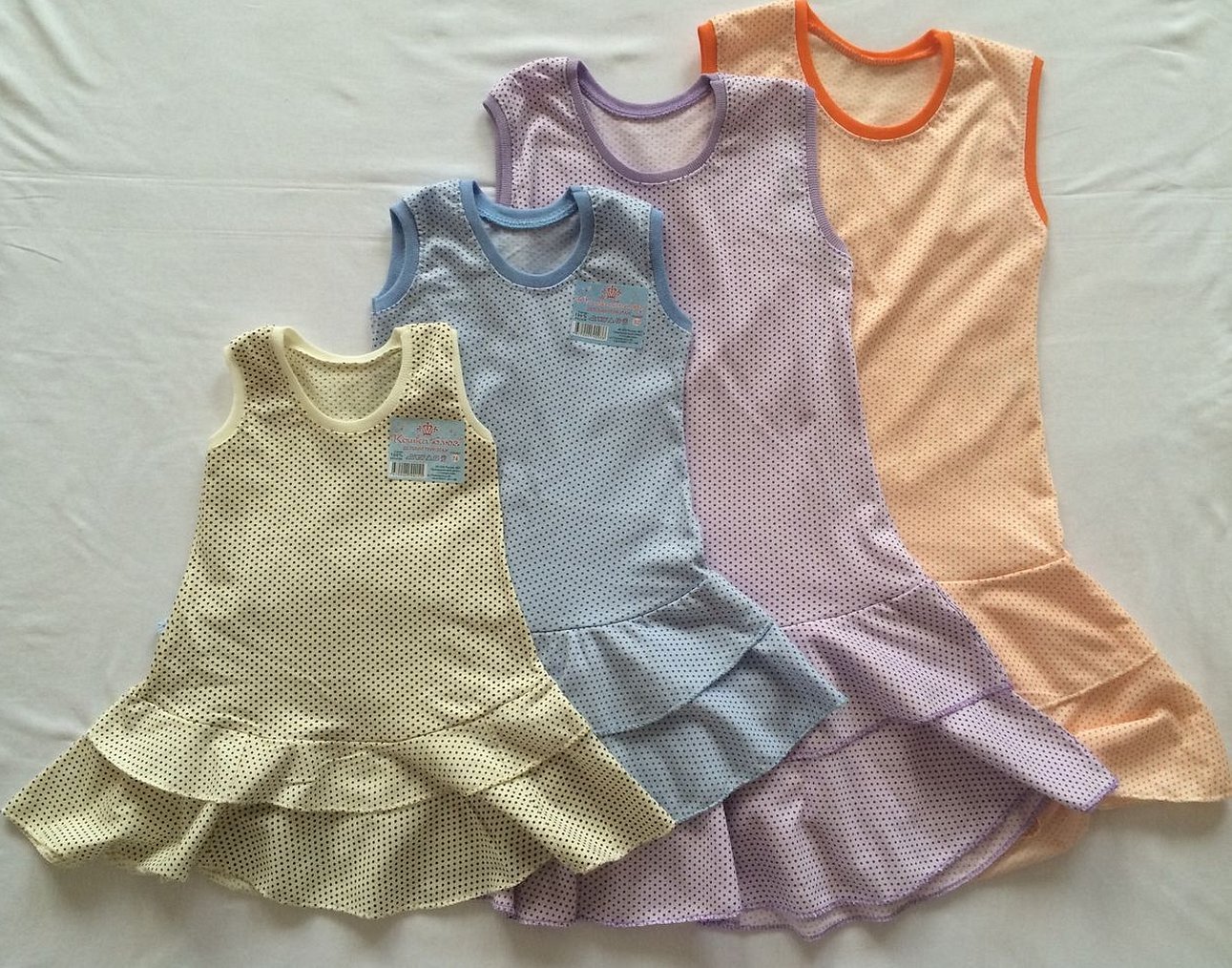
Interlock will always be double-sided. Natural yarns are inserted into this material in a special way. Even if the material is of low quality, it will not lose its shape with long-term use.
Melange jersey: what kind of fabric, examples
Melange (melange) is a fabric obtained by using natural or artificial threads of different shades of fibers in the process. The color may differ dramatically or by just a few tones. An assortment of threads of different colors produces a material with a pattern similar to the surface of marble tiles. The brighter the colors, the more beautiful the surface of the material.
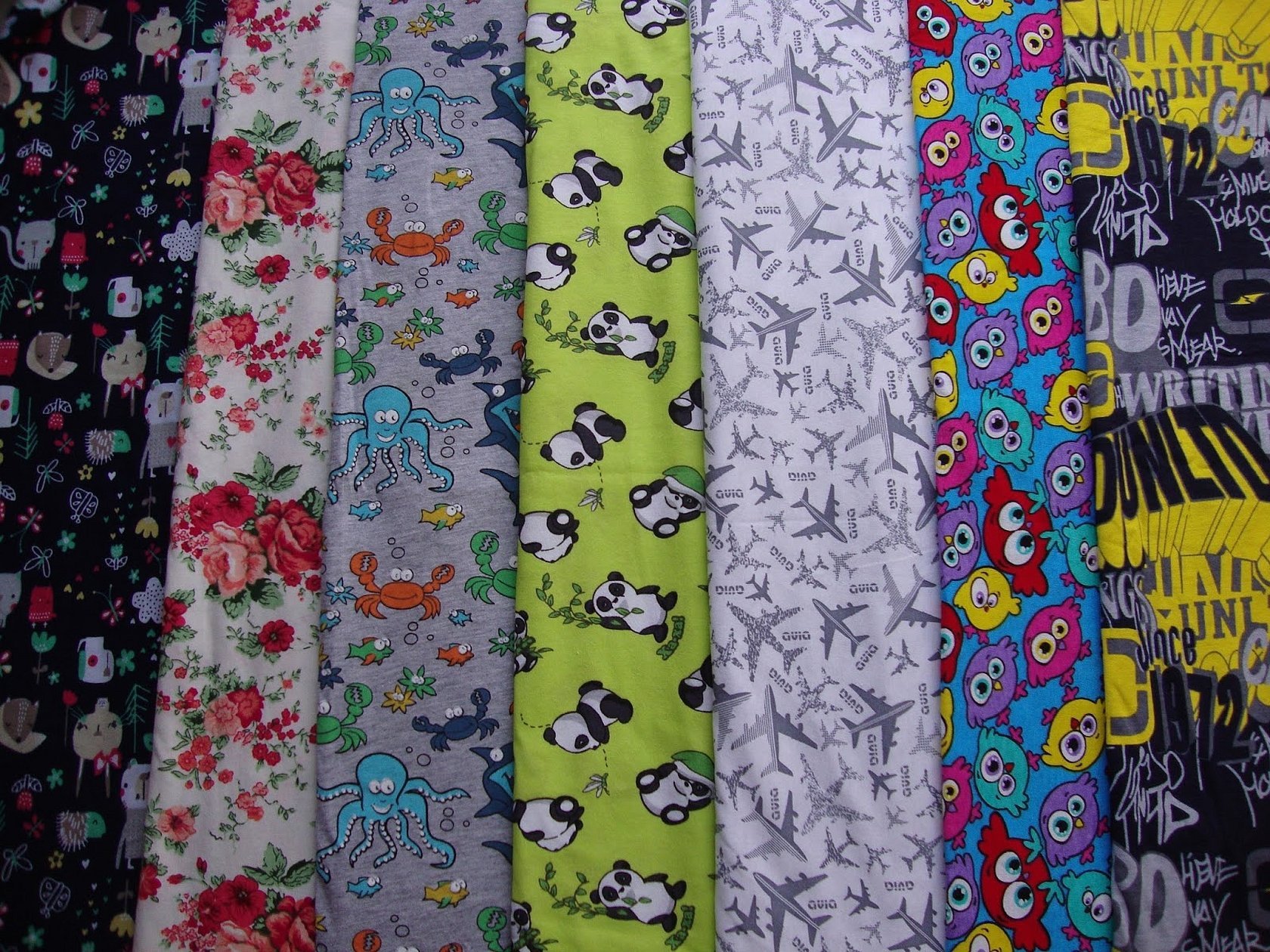
Main types of fabric:
- Drape (strong, durable, one or several shades at once, woolen, retains heat well, used for making winter coats; may have pile or be without it);
- melange cloth (slightly thinner than drape fabric, wool for suits with pile retains heat well);
- cloth (mixed wool fabric);
- cheviot (fabric with added cotton);
- tights (durable material for making pants, suits);
- covercoat (the same thick material, mainly used to make coats).
Many people want to understand the intricacies of materials such as jersey, interlock or footer, and decide which one is better.
Note! All these types of textiles are made from cotton yarn with the addition of different threads.
What kind of fabric is jersey? It is slightly different in that it is very light, and the other two types are denser, therefore, warmer, autumn clothes are made from footer and interlock, and summer clothes from jersey.
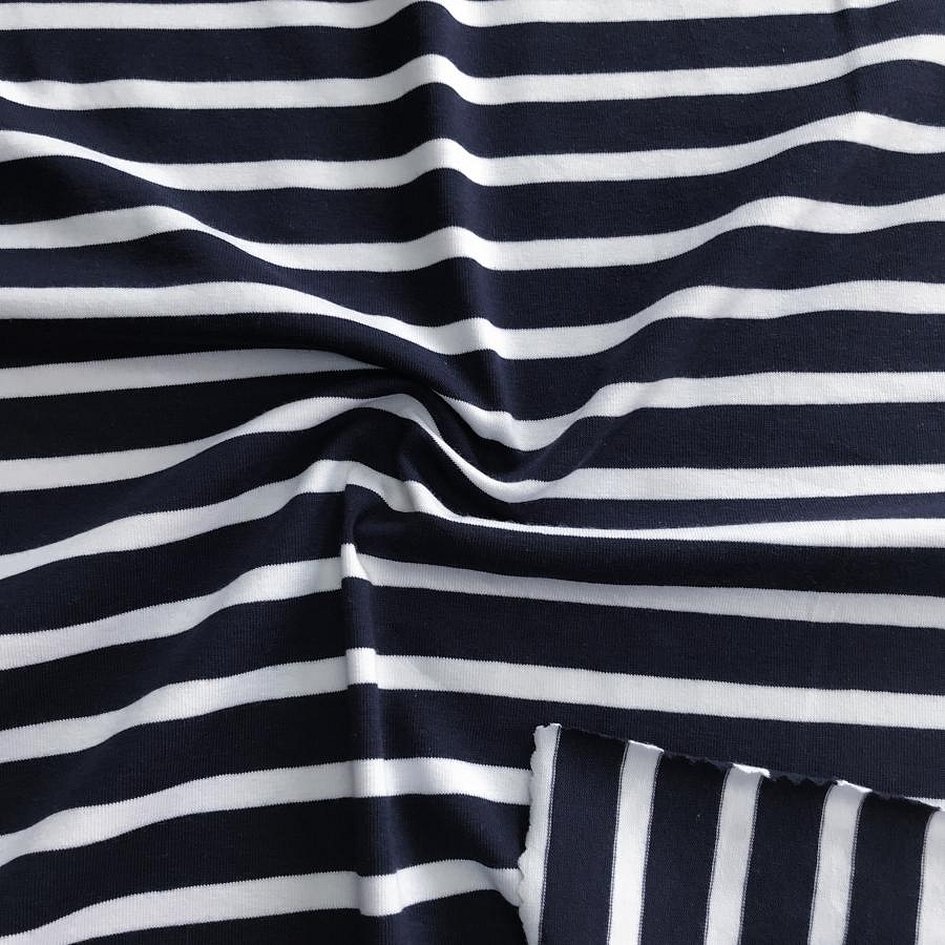
Reviews of the material
People's opinions about this fabric are very positive. It is very easy to work with and many girls buy it to sew some things for themselves. Here are some of the reviews:
- A wonderful material for children's clothes, it keeps the heat well. It does not have any harmful effect on the child's skin, it is soft and absorbs water well. In the family, for our daughter, we mainly buy things from jersey, there are many T-shirts, sarafans and underwear. (Maria)
- This is definitely the best option for sewing not only children's things, but also for adults. Pay attention to the composition before buying, it should contain real cotton. Such a thing will last a long time. (Anastasia)
- For my elderly grandmother, I always buy things from this fabric, she asks for it herself. It is convenient and comfortable to walk in, does not cause redness, like, for example, from chintz. Quite a pleasant price and durability, can not but please. (Irina)
- I buy clothes only from this fabric for my second child. My eldest son is 8 years old, and he wears it perfectly. He has no problems, although he is allergic to some types of materials. And I am very happy with it, because it is easy to care for, any stains are easily washed out, and as they say, it is indestructible. (Oksana)

In conclusion, it is worth noting that this fabric is very popular among parents. It has gained popularity due to its simplicity, low price and long service life. It is very often used for sewing various dresses, trousers, underwear and bed linen. Also, interlock is often used instead of jersey fabric.
It is denser and resistant to mechanical damage. Kulir fabric also has a number of disadvantages, it can be damaged due to improper care and handling. But be that as it may, this material is at the peak of popularity, and it is unlikely that insignificant disadvantages will force you to refuse to use it.




